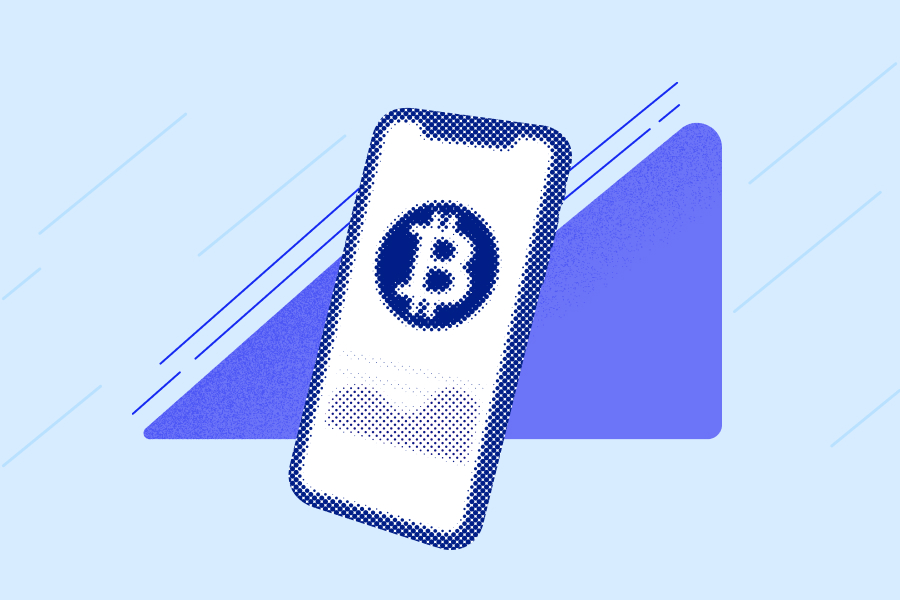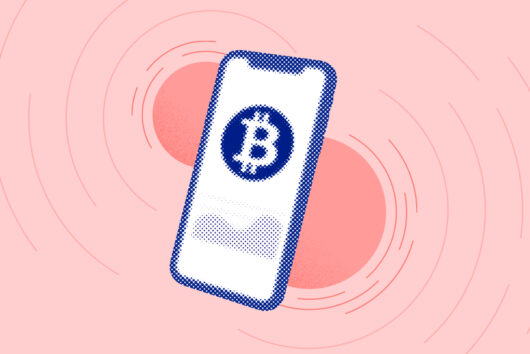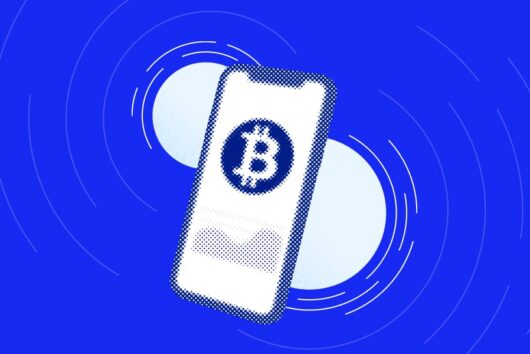How does the lightning network improve Bitcoin?

The Lightning Network acts as a shot in the arm for Bitcoin, helping it solve or improve upon the following problems:
Unpredictable Fees
On the Bitcoin network, block space is limited to one megabyte which has a big impact on fees that the miners charge for including your transaction.
Number of transactions
The Bitcoin network can only process around seven transactions per second.
Speed
As a result of the above, the network can very easily become congested when demand is high (imagine the queue to your local fast food joint on a Friday night after work), which means varying delays to how long it takes for miners to confirm and validate your transaction.
How?
By using the Lightning Network, fees are reduced dramatically and a far greater number of transactions can be processed.
But how does this work? Well, every transaction begins its life on the Lightning Network by opening a channel. This channel acts as a bridge between any two users on the network much like a phone call between two mobile phones.
This channel allows them to send cryptocurrency like Bitcoin to each other in amounts they are free to decide between themselves. These channels operate on an entirely separate network, often referred to as an ‘off-chain’ layer built on top of Bitcoin’s blockchain. Once these transactions are concluded and the channel is closed, they are rewritten into a single transaction and settled back on the Bitcoin blockchain, known as an ‘on-chain’ transaction.
As a result of operating independently of Bitcoin’s more congested, slower network, the Lightning Network has the ability to achieve faster processing speeds in addition to lower costs as all of those transactions that took place are packaged up and added as just one addition to the blockchain.
Room for Improvement
While the benefits of using the Lightning Network are obvious, it still has costs associated with it and can be a target for fraud or cyber attacks. But thanks to updates like the activation of Taproot that took place towards the end of 2021, its addition of features like Schnorr signatures open up the potential for greater transaction privacy and security improvements to the network.
 Discover
Discover Help Centre
Help Centre Status
Status Company
Company Careers
Careers Press
Press


